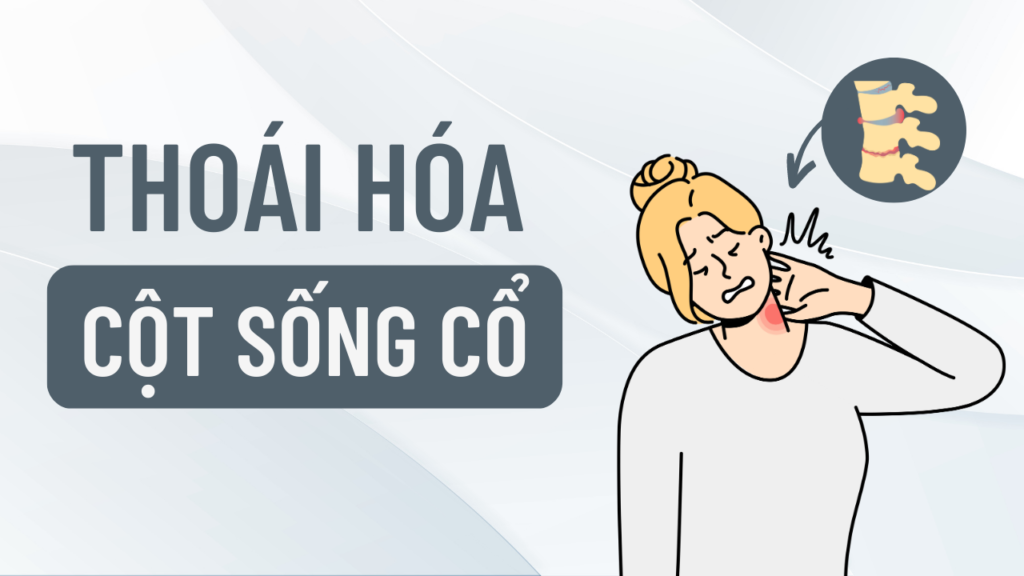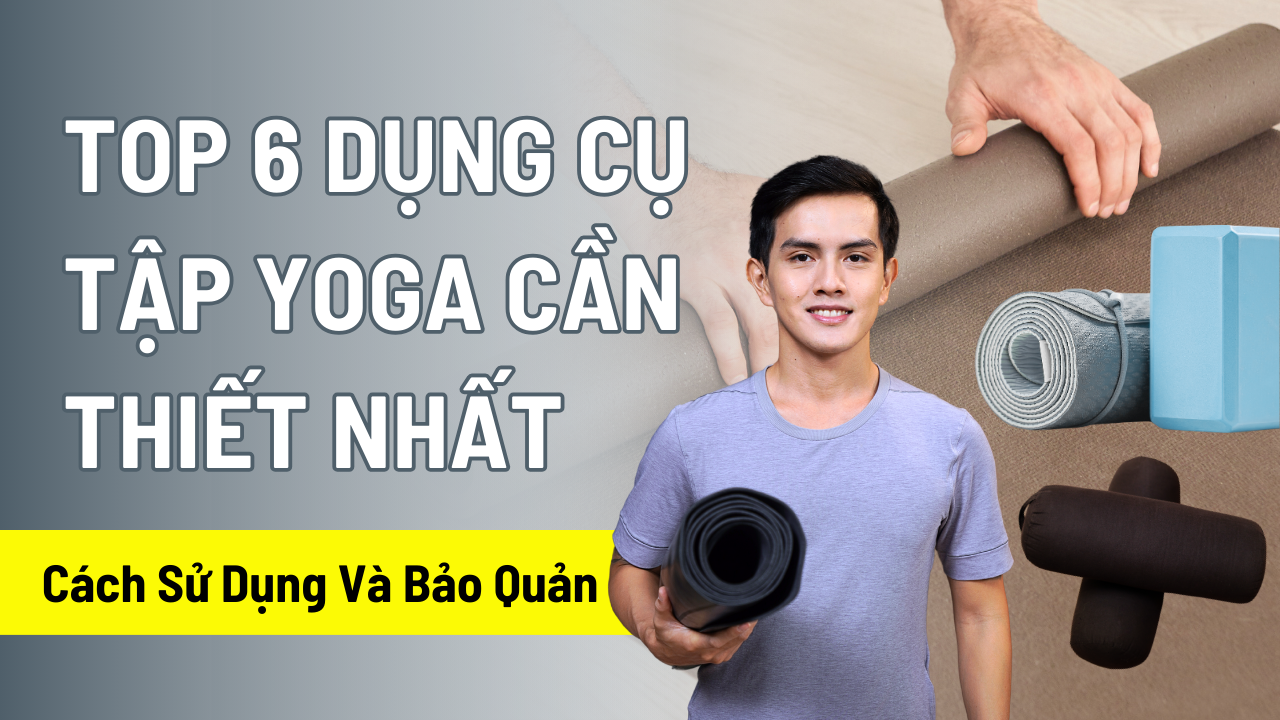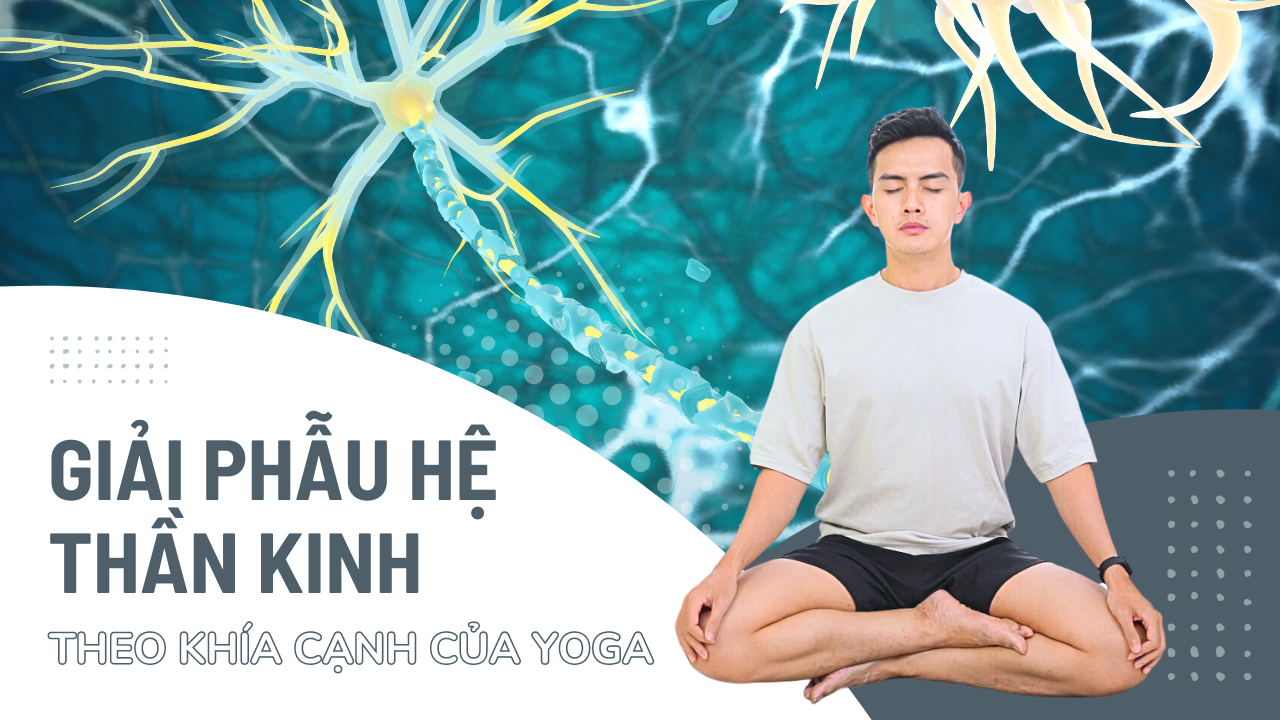Cervical spondylosis is a common problem not only in the elderly but can also occur in younger patients. It causes mobility difficulties and pain in the neck area. Although many people suffer from this condition, not everyone is fully aware and has a general view of it.
In this article, we will explore the causes, symptoms, and treatment of cervical spondylosis in both young and old. This will help you better understand the problem and find solutions to reduce pain and mobility difficulties.
What is degenerative neck vertebrae?

Cervical spondylosis (English called Cervical spondylosis) is a general term for the wear and tear associated with the cervical spine that can lead to neck pain, neck stiffness, and other symptoms. This condition is sometimes called arthritis or osteoarthritis of the neck.
More than 85% people over 60 years old are affected by cervical spondylosis. Changes in your spine are considered a normal part of the aging process. The spine can begin to wear down around the age of 30. By age 60, nearly 9 in 10 people have the disease.
But in recent years, the age of onset of the disease has become younger and younger, causing not only physical pain but also psychological problems for patients. The occurrence of cervical spondylosis at a young age is caused by the wrong posture of studying and working, using electronic devices for a long time.
Is cervical spondylosis dangerous?
Cervical spondylosis is not a dangerous problem. This is a natural process of aging or misbehaving young people for long periods of time. But if you do get it, you'll likely get symptoms like neck and shoulder pain, numbness of hands or feet, especially humpbacked and turtle neck.
In addition, patients who also have difficulty controlling their hands or feet, or lose control of their bladder or bowels, should be examined and treated promptly to avoid more serious complications. Therefore, if you have any related symptoms, you should seek medical attention and treatment from medical professionals.
Symptom
You can get sick without even knowing it. But there are some symptoms that indicate that you may have the disease:
- Neck pain or stiffness (pain that gets worse when you move your neck)
- A slight pain in the neck
- Muscle twitching
- A creaking or abrasive sound when you move your neck
- Dizzy
- Headache
Causes of cervical spondylosis
In the elderly
As people age, the structures that make up the spine and neck gradually wear down. These changes may include:
- Dehydrated disc: Discs act as cushions between the vertebrae of the spine. By the age of 40, most people start to become dehydrated. As the discs become smaller, there is more direct bony contact between the vertebrae, leading to wear and tear.
- Disc herniation: Cracks begin to appear on the outer surface of the disc. The soft inner part of the disc can be forced through these cracks. Sometimes, it presses on the spinal cord and nerve roots.
- Crispy bones: When the disc breaks down, the body can produce larger amounts of bone in an attempt to strengthen the spine. These brittle bones that arise can sometimes clamp the spinal cord and nerve roots.
In young people
In young people, the main cause comes from daily living habits. Some young people do not move in front of the computer for tens of hours a day; Keep a typing posture and muscles are always in a state of tension.
If you play games or work on computers and phones, not only are your muscles tense, but so are your spirits. In summary, sitting for a long time, lack of sleep, irregular diet, are the causes leading to cervical spondylosis in young people.
Common treatments
The treatment of cervical spondylosis depends on the severity of the disease. The goals of treatment are to relieve pain, help you maintain normal activities, and prevent permanent damage to the spinal cord and nerves.
Using drugs
If over-the-counter pain relievers aren't effective enough, your doctor may prescribe:
- Non-steroidal anti-inflammatory drugs
- Corticosteroids.
- Muscle relaxants.
- Anticonvulsants.
- Antidote depression. (Some antidepressants can help relieve neck pain from cervical spondylosis.)
Other treatments
Your physical therapist can show you exercises to help stretch and strengthen your neck and shoulder muscles. This can be one of the best treatments for neck pain and stiffness. Some people with cervical spondylosis improve from the use of compressed air, which provides more space in the spine if a nerve is squeezed.
Surgery
If other methods don't work, such as arm or leg weakness - becomes more severe, you may need surgery to make more space for the spinal cord and nerve roots. Surgery may include the removal of a herniated disc, spine, or part of a vertebra.
How to treat at home
Mild cases of cervical spondylosis can be resolved through:

- Exercise regularly: Maintain physical activity like Yoga, walking or other suitable activities will help speed up the recovery process, even if you have to temporarily adjust some exercises because of neck pain.
- Avoid sitting in the wrong position: When sitting for work or daily activities, pay attention not to let the spine or neck be misaligned.
- Heat or cold: Applying heat or cold to your neck can relieve neck muscle pain.
Nguyen hopes that the above sharing will be effective and useful for your cervical spondylosis. Besides, there are also many articles on health and yoga therapy at Nguyen's blog, especially Youtube channel Nguyen has many other useful exercises and movements, please follow and look forward to Nguyen!



